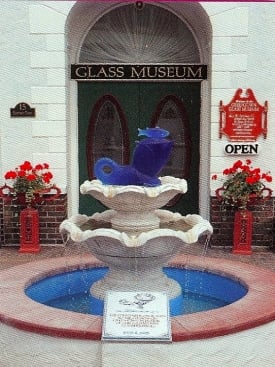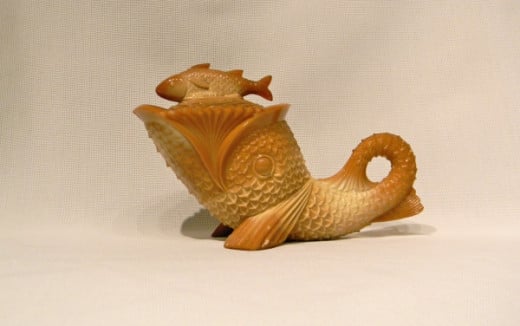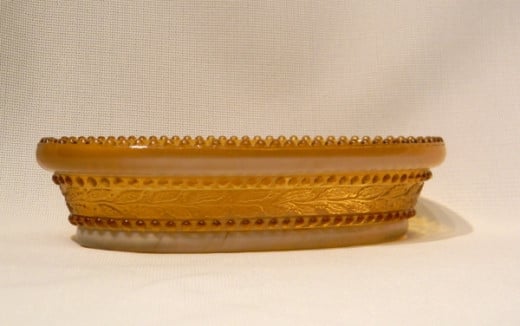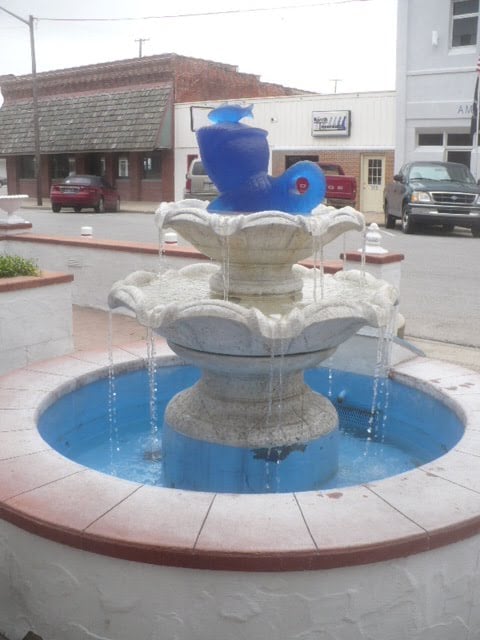- HubPages»
- Travel and Places»
- Visiting North America»
- United States
Greentown Glass Museum

Indiana Tumbler & Goblet Company
In Greentown, Indiana on Uncle Tom Street (named for someone's relative, not the Harriet Beecher Stowe novel) is a marker which looks like a tombstone. It marks the spot of the Indiana Tumbler and Goblet Company. Glass factories began using natural gas in the 1870s. When the gas boom hit Northeast Indiana in the late 1880s, glass factories flocked to the area. In those days, there were no major pipelines to take the gas to the factories, so the factories had to go to the gas.
Greentown offered free land to attract a glass factory, and the Indiana Tumbler and Goblet Company was incorporated in February of 1894. The buildings were quickly constructed and the furnace was fired up in June of that year. The company did quite well, and at its height employed 500 people.
The glass business was quite competitive.There were only four Indiana glass factories in 1880, but that number grew to 110 by 1900. Naturally, this led to some consolidation in the industry. Several factories, including the one in Greentown, combined to form the National Glass Company in 1899.
In 1903, there was talk that the local plant would be shut down. Greentown citizens discussed raising money to buy the plant and keep it open. Before this could happen, the plant was destroyed by fire on June 13 of 1903. The cause of the fire is still debated. The National Glass Company filed a lawsuit against the railroad, claiming coals thrown from a passing locomotive started the fire. Others believe that it might have been caused by arson. The insurance had recently been increased, although the company was considering shutting down the plant. The plant was not rebuilt, and 300 local people lost their jobs, which must have been a devastating blow to the local economy.
Greentown Glass Museum
in the old City Hall Building is the Greentown Glass Museum. Despite the fact that the local plant operated for less than a decade, its works are still quite popular with collectors. The plant was famous for its chocolate and golden agate (also known as holly amber) colors, both of which were the creations of Jacob Rosenthal, a brilliant glass chemist who came to Greentown in 1900. The golden agate color was produced for only six months prior to the fire, and therefore it is quite rare and prized by collectors. One of the plant's distinctive styles is known as the dolphin. Mustard was sold in this glassware.
The current interest in the Greentown Glass is due to Dr. Ruth Herrick, a physician from Michigan with an interest in archaeology. She wrote to a Greentown bank president and asked if anyone knew the location of the old plant. She was told that no one knew and no one cared. Undaunted, she came down and started digging. By examining fragments, she was able to determine the types of pieces and colors produced at the plant. The local residents now take great pride in the history of the plant. The Greentown Glass Museum was opened in 1970 and now displays hundreds of glass pieces, many in old pharmacy cases donated by Hooks Drugs.


About Greentown
Greentown is a small (population of about 2,500) Indiana town in eastern Howard County. It is located about 10 miles from Kokomo, the centrally located county seat. Greentown hosts the annual Howard County 4-H Fair, making it one of the few counties in Indiana where the county seat does not host the county fair. During the summer, Greentown has concerts at 7:00 PM on Thursdays. The fountain was erected in 1976, in honor of the nation's bicentennial. It commemorates the city's glass making heritage. Note the dolphin on the top of the fountain.

Links
- Indiana Glass Trail
Information about Greentown & other places relevant to Indiana's glass history - Greentown, Indiana
Official web site of the city of Greentown - Howard County Indiana
Travel & tourism guide - National Greentown Glass Association
This non-profit organization operates the Greentown Glass Museum









